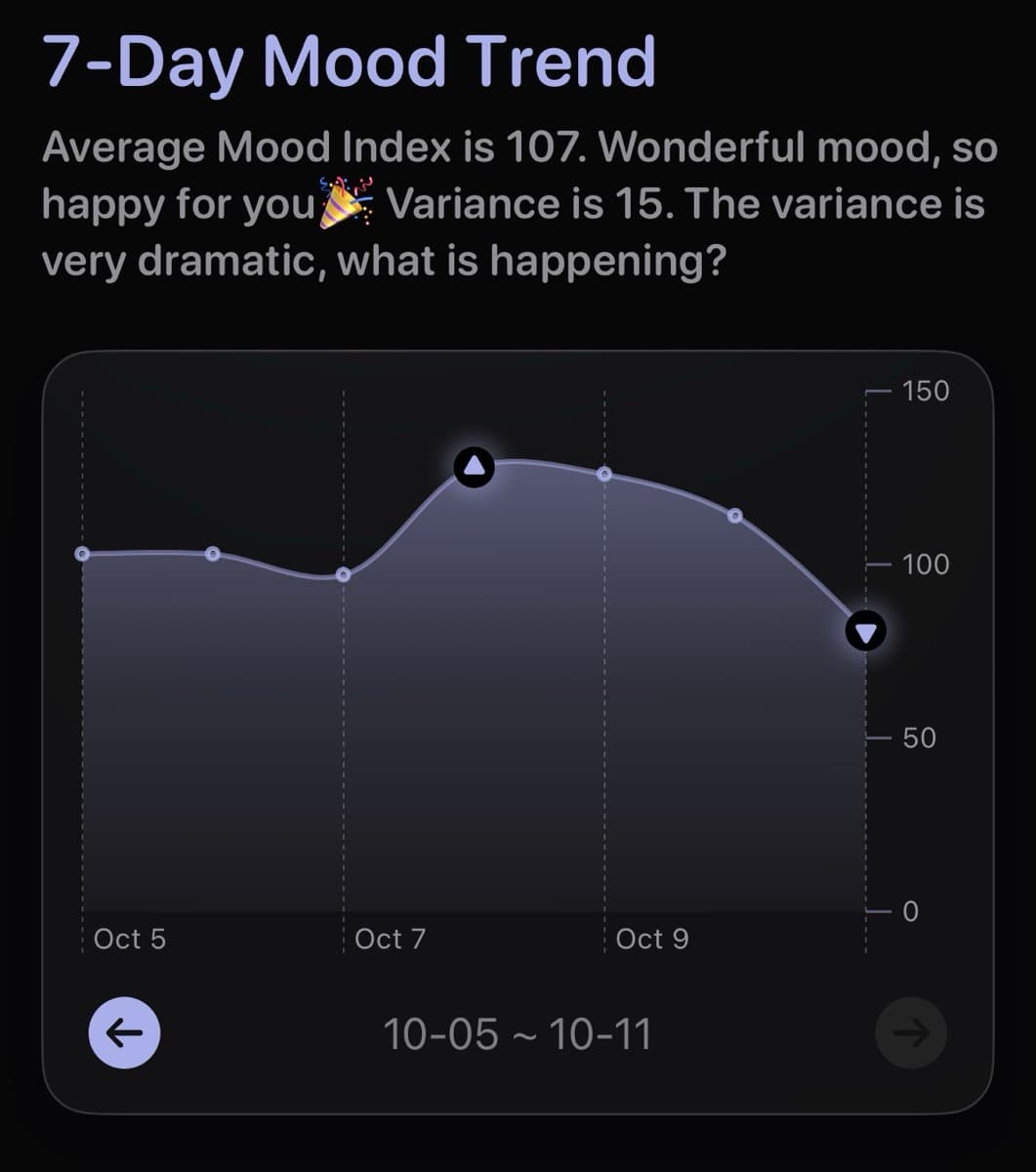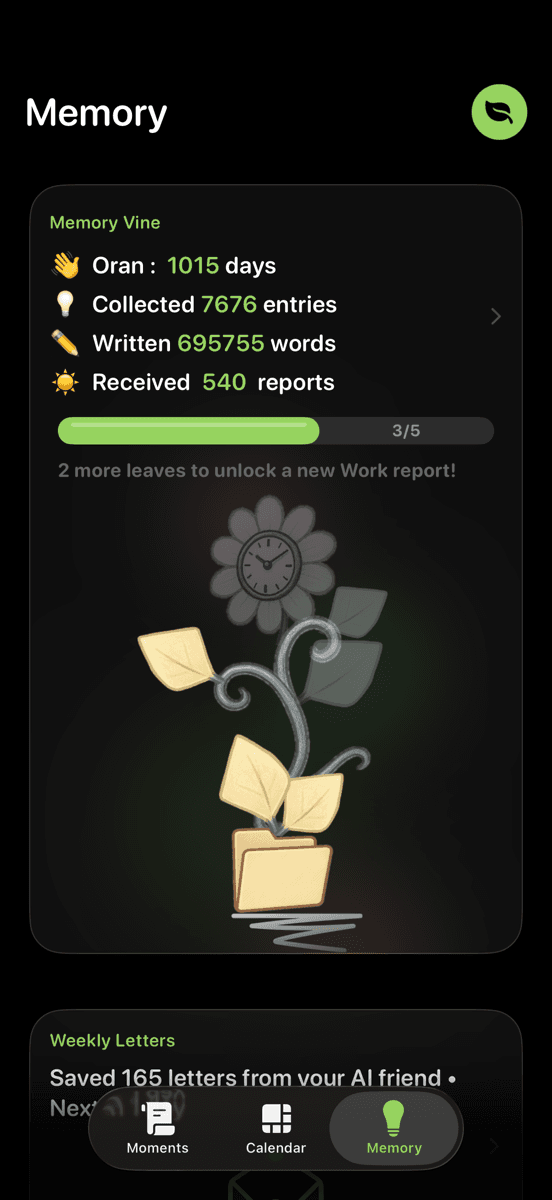I lived with debilitating anxiety for 6 years before finding what worked. This is what actually helps—no pharmaceuticals required.
IMPORTANT DISCLAIMER: I'm not anti-medication. Medication saves lives. This article is for people who want additional or alternative strategies, not replacement for medical advice. If you need medication, there's zero shame in that.
My Story (Brief)
Panic attacks started at 25. My doctor prescribed benzodiazepines—they helped but I feared dependency. I wanted non-medication tools for daily management and spent 3 years trying every recommendation.
What DIDN'T Work (And Why)
- "Just think positive": Toxic positivity that invalidates real struggles
- Avoiding all triggers: Makes anxiety worse long-term through avoidance reinforcement
- Alcohol/cannabis for relaxation: Creates rebound anxiety 6-12 hours later
- Excessive exercise: Unsustainable and sometimes triggered panic symptoms
- Extreme elimination diets: Created food anxiety on top of existing anxiety
What DID Work: The Big 6
1. Morning Routine Non-Negotiables (30 minutes)
- Protein breakfast (blood sugar stability prevents anxiety spikes)
- 10-minute walk outside (sunlight + movement)
- No phone for first hour (cortisol management)
Why it matters: Starting the day right reduced my daily anxiety by 70%. Most people's anxiety is worse because they start with coffee on an empty stomach while scrolling stressful news.
2. Cognitive Defusion Techniques
Creating distance from anxious thoughts:
- "I'm having the thought that..." (instead of "I think...")
- "Anxiety is telling me..." (externalizes the voice)
- Naming the anxiety (personifying reduces its power)
- Evidence collection: "Anxiety said X would happen. Did it?"
3. Strategic Energy Management
Think of anxiety as a finite resource. Some activities drain it, others replenish it.
I started tracking my anxiety levels throughout the day with Lifelight. I discovered my worst anxiety happened after 2+ hours of deep work without breaks—I'd thought I was being "productive" but was actually setting up anxiety spirals.
The pattern recognition showed me that taking breaks PREVENTED anxiety rather than "wasting time." The AI companion helped me talk through decisions without catastrophizing—like having an anxiety translator who understands your patterns.
4. Exposure Hierarchy (DIY)
List anxiety triggers from 1-10 intensity. Start with 3-4 level exposures. Gradual progression builds confidence.
Example hierarchy:
- Level 3: Text someone first
- Level 5: Make a phone call
- Level 7: Attend small gathering
- Level 10: Give presentation
Practice level 3-4 until they feel manageable, then move up. Celebrate small wins—they compound into major progress.
5. Body-Based Regulation
Anxiety is physical—you need physical interventions:
- Vagus nerve stimulation: Cold water on face, singing, humming
- Progressive muscle relaxation: Tense and release muscle groups
- Bilateral movement: Walking, swimming, drumming (calms nervous system)
6. Community and Accountability
Isolation worsens anxiety. Connection helps:
- Support groups (in-person or online)
- Accountability partner for exposure work
- Therapy (even without medication)
- Online communities that "get it"
The Daily Practice (What This Actually Looks Like)
Morning: 30-minute routine (protein, movement, no phone)
Throughout day: Check in with body, use techniques as needed, take breaks
Evening: 10-minute reflection, track patterns in Lifelight
Weekly: Review progress, adjust approach
When to Add Medication
Consider medication if:
- Not functioning at work or in relationships
- Experiencing suicidal ideation
- Panic attacks preventing basic activities
- Lifestyle changes aren't enough after 6 months of genuine effort
Research shows medication + lifestyle changes = best outcomes for many people. It's not either/or.
My Current Reality
I still have anxiety—it doesn't disappear. But I can function, work, maintain relationships. Anxiety went from 8/10 daily to 3-4/10 manageable. Bad days exist but don't derail my life.
Managing anxiety without medication is possible for many people—but requires consistent effort, patience, and willingness to track what works for YOUR nervous system.
There's no shame in medication if you need it, and no shame in choosing non-pharmaceutical approaches if they work. The goal is functioning and peace, not perfection.


